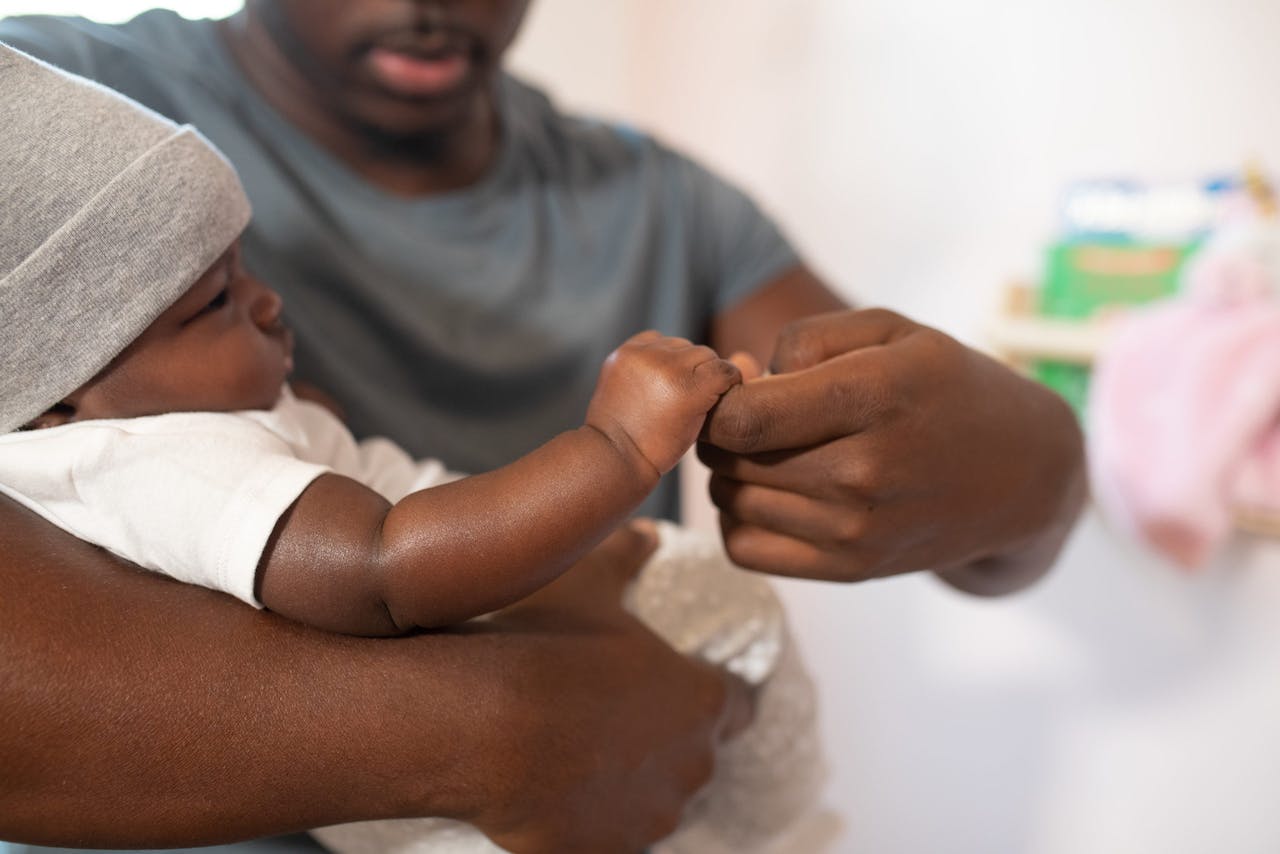The joy of childbirth turns to anguish for parents whose newborns suffer an unexpected trauma during delivery, leading to lasting impairments. Understanding how injuries happen, and early signs empowers families to access help promptly and advocate for safer births.
Understanding Causes
Physical forces to a baby’s delicate head, spine, or shoulders during labor constitute the most common origins of injury:
- Improper use of vacuum or forceps
- Failure to manage umbilical cord issues
- Inadequate response to signs of fetal distress
Risks escalate during difficult vaginal deliveries of larger babies when providers apply excessive pulling or twisting.
Recognizing Symptoms
In the immediate aftermath, symptoms like trouble breathing, seizures, or bruising prompt emergency interventions. But months later, missed milestones, stiffness, and feeding issues point to more subtle brain damage from oxygen loss.
Consulting pediatric neurologists and rehabilitation specialists clarifies connecting symptoms back to birth events.
Advocating Prevention
Families who get pregnant again after a prior injury rightfully feel anxious about minimizing future risks. Speaking up equips their healthcare team for proactive planning:
Requesting fetal monitoring during late labor stages
Having specialists on standby for rapid response
Scheduling a C-section for safer delivery
Thorough conversations build an understanding of individual cases so that new additions arrive safely to expand families joyfully.
No parent should endure the anguish of watching their precious newborn suffer preventable harm. As difficult as injuries prove to overcome, insight and advocacy gift other families the comfort of safe beginnings.

